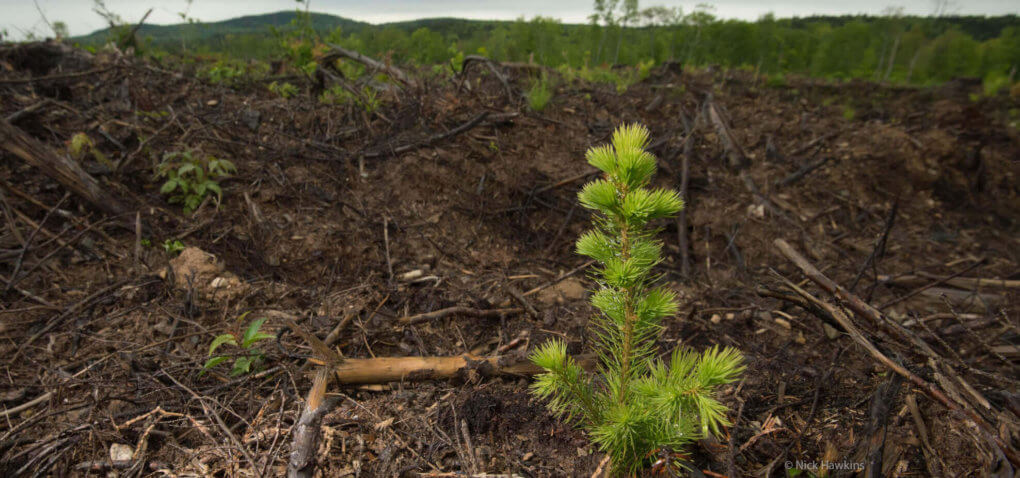 How does a country with an economy heavily reliant on fossil fuel extraction and forest clearcuts begin transitioning its natural resource sector into a more sustainable bioeconomy?
How does a country with an economy heavily reliant on fossil fuel extraction and forest clearcuts begin transitioning its natural resource sector into a more sustainable bioeconomy?
Jussi Manninen knows the answer.
Manninen, of the VTT Technical Research Centre in Helsinki, is one of the architects of Finland’s national bioeconomy strategy.
The strategy, which was developed in collaboration with stakeholders across industries and government departments, aims to create 100,000 new jobs over the next eight years by diversifying its natural resource sector.
Manninen was in Fredericton last week as the keynote speaker at the 6th annual Atlantic Biorefinery Conference. He presented on the similarities between Finland and New Brunswick, and the opportunities he sees for our province to develop a strong and diversified bioeconomy, like Finland is currently attempting. Check out this story from Huddle.ca for more on that.
Finland is Europe’s most heavily forested country, with more than three-quarters of its land under forest cover. Nearly all of it belongs to the boreal coniferous forest zone, with Scots pine, Norway spruce, and silver and downy birch the most common tree species.
New Brunswick is home to the Acadian forest, an endangered, natural mixed-wood forest that is critical habitat for species such as the northern flying squirrel, American marten, barred owl and pileated woodpecker. Our forest is changing, however, as forestry companies continue to carve large plantations of primarily softwood species such as spruce, fir and pine.
One key difference between Finland and us is the role privately-owned forests play in the Finnish economy. Eighty per cent of Finnish wood used by its forestry industry comes from private woodlots. That’s because roughly 60 per cent of all the forestry land in Finland belongs to private woodlot owners, while the state owns 25 percent, industry 10 per cent, and municipalities and parishes five per cent.
It’s almost the opposite in New Brunswick, where half our forests belong to the Crown, 30 per cent is under private ownership and 20 per cent is freehold.
For more information on Finland’s bioeconomy:
- Download the Finland governments’ Economy Strategy, here.
- Find facts and resources on Finland’s bioeconomy strategy, here.
- Read the Ministry of Economic Affairs and Employment of Finland’s report “Read Wood-Based Bioeconomy Solving Global Challenges”, written by top experts from companies, research institutes and universities of Finland, here.
- Read our factsheet, What’s Wrong with N.B.’s Crown Forest Management Plan, here.
